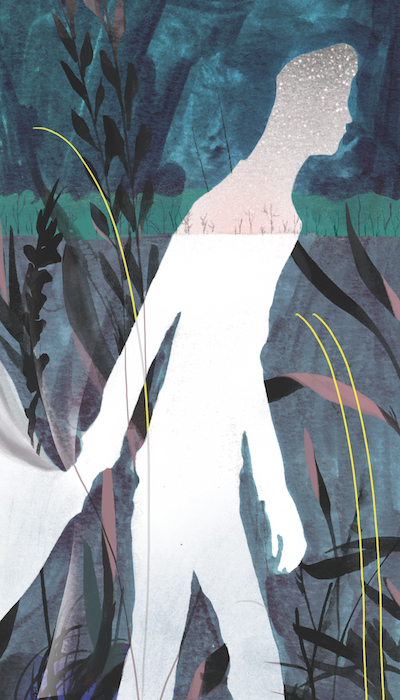Stories can take place anywhere, but some of the stories that mean the most to me are set in Edmonton. There’s Lynn Coady’s short story “The Natural Elements” from her collection, Hellgoing. It’s a funny but touching exploration of a born-and-raised Edmontonian’s encounter with outsiders from California. There’s also Todd Babiak’s novel The Garneau Block, first serialized in the Edmonton Journal in 2005. Back then, I remember following the novel’s progress and feeling hopeful that I, too, could maybe set a novel in the town that I then called home.
It’s not just that Edmonton is populated by quirky, dysfunctional, reckless, artistic, smart, stupid, well-adjusted, psychopathic and community-minded people. Pretty much any large city will represent the glorious diversity of humankind. There are three distinguishing reasons why Edmonton, in particular, can make a perfect setting for fiction.
It’s impossible to overlook the severity of the Edmonton winter. It’s the elephant in the room of any discussion about Alberta’s capital, and an elephant that can and must be acknowledged. Let’s admit that winter is a pretty demanding character in its own right. Consider how winter changes things: Cigarette smoke is transformed into a giant cloud; trees covered in hoar frost look like delicate skeletons. And winter often imposes itself on your personal plans. One New Year’s Eve, after a party, my wife and I took a late-late bus from downtown to Southgate Centre. Suddenly we found ourselves stranded, because the transit system stopped running. We were still 50 blocks from our destination. Not a cab in sight. Edmonton’s severe winter raises the stakes in this kind of situation. It was -28 Celsius. Minus twenty-eight, people! They don’t know about this in Paris, London or New York. Fortunately, a car-full of revelers stopped for us and drove us the rest of the way. Did they save our lives? It sure felt like it.
